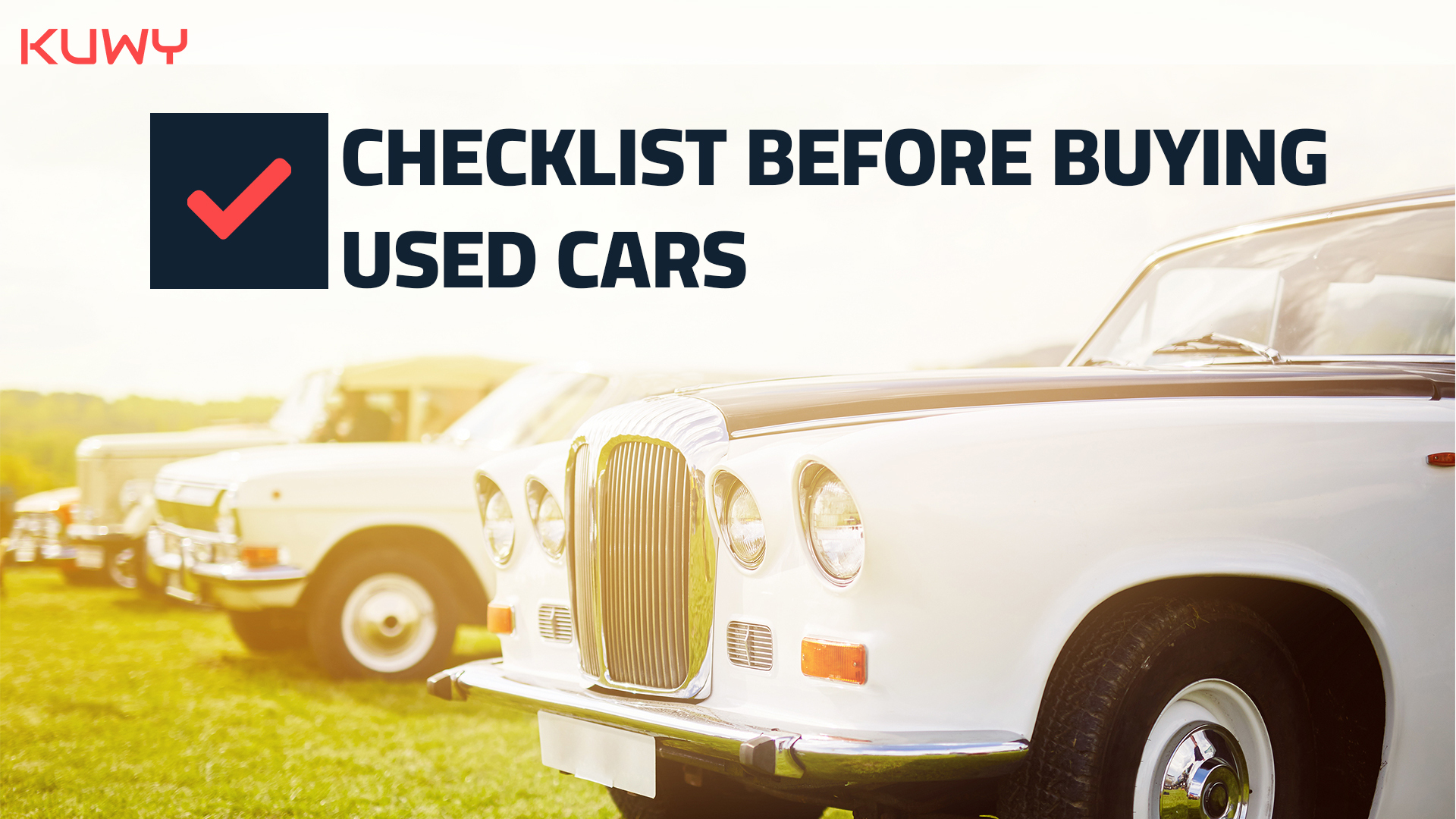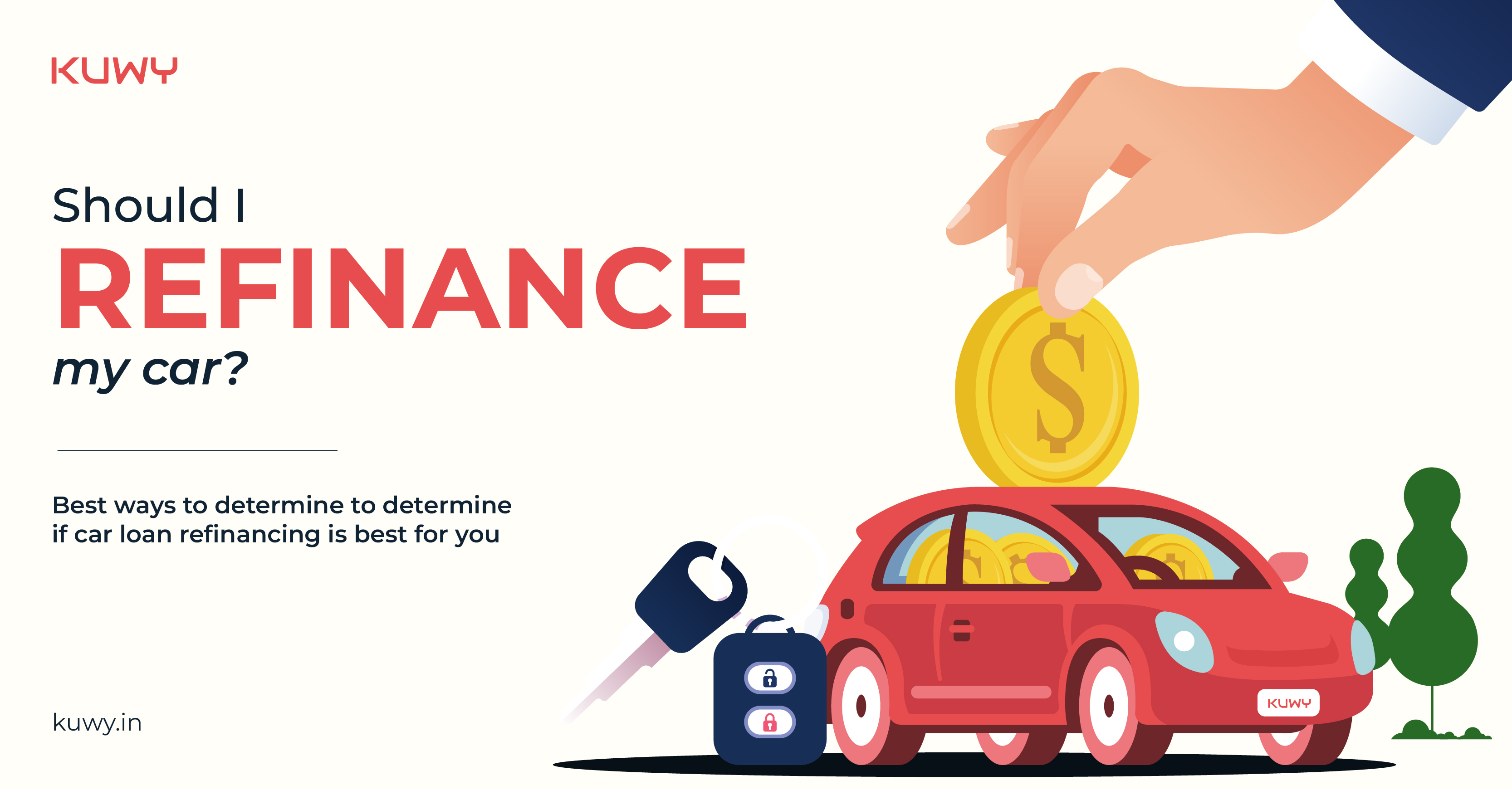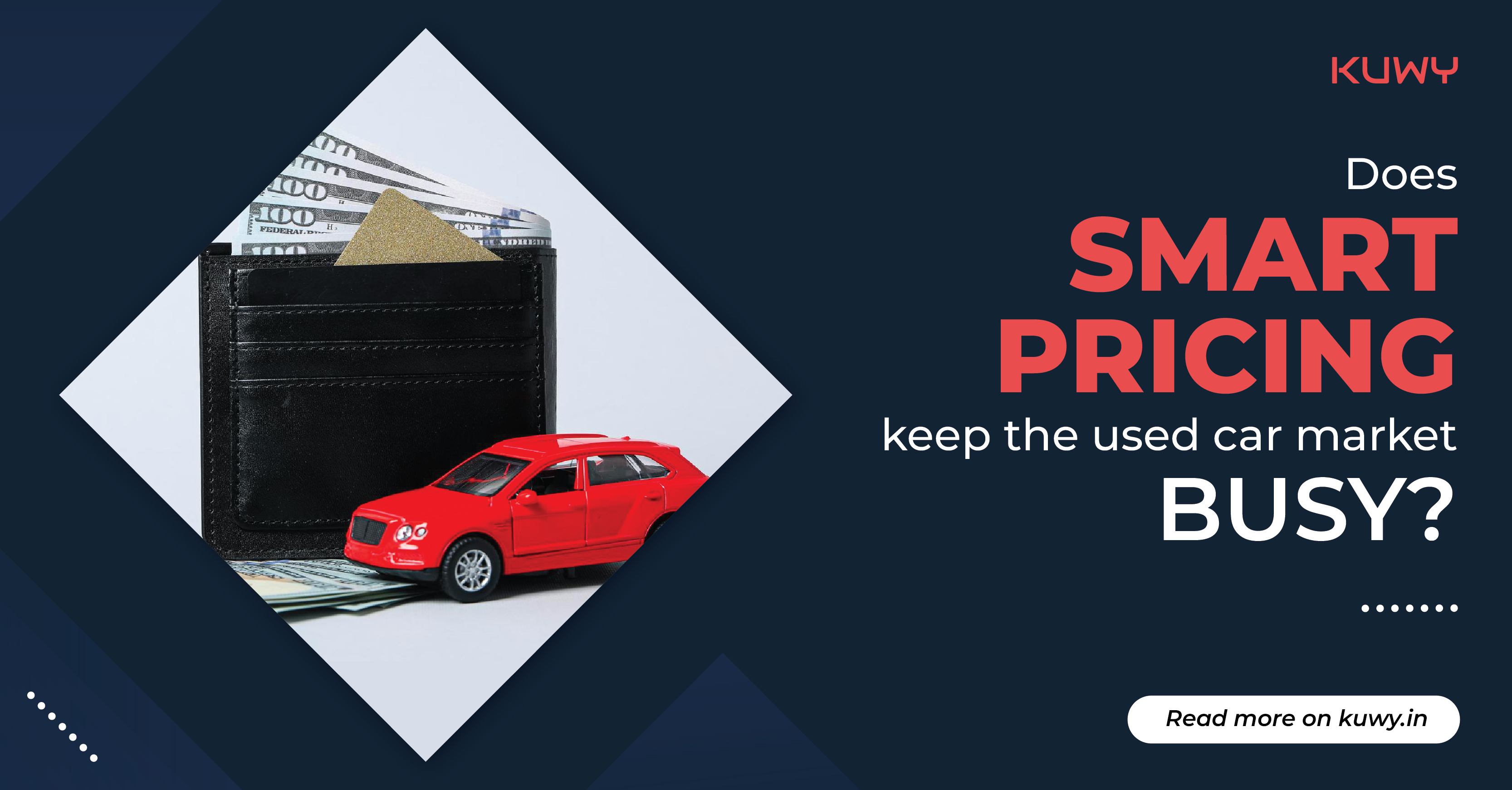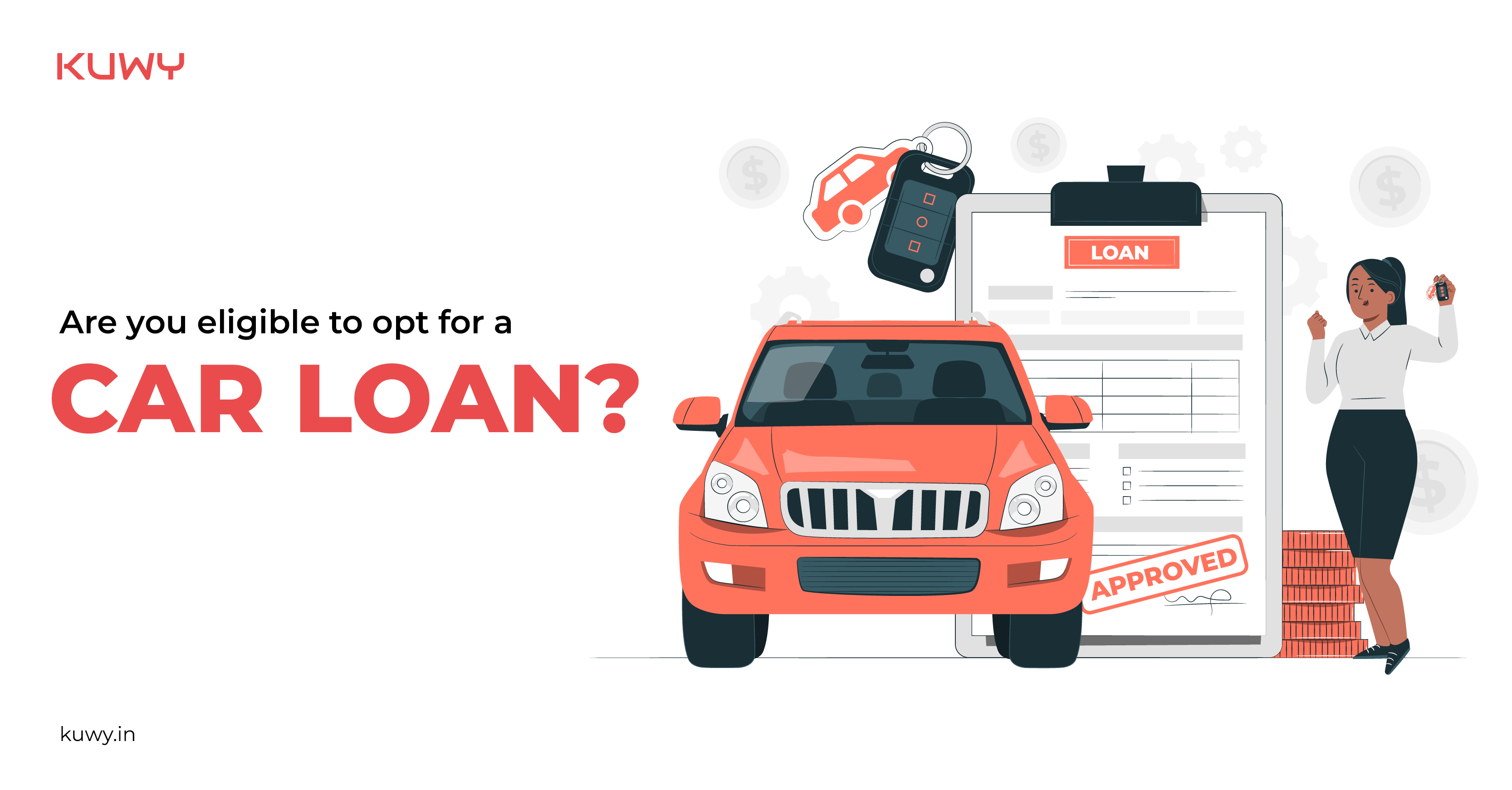Checklist to follow to buy Used Cars
Are you trying to buy a used car? Have you owned one before? If not, try to own one. You can find various advantages in owning used cars. When you consider modern cars to last for a long time, buying a used car is a very smart decision. Most of the buyers and sellers find it intimidating, and they would require a checklist where both get an idea of how to proceed. While new cars are on-trend, it drags the attention of many customers, as they feel used cars are already out of shine.
A group of users considers owning used cars as it's very cost-friendly, in other words, less expensive. At the same time, the dealers and lenders are also working to ensure that the customers are receiving the best possible deal for their potential used vehicle. Sometimes buying used cars can be a lengthy and risky experience. To avoid that, we have a checklist prepared to ensure a quick process.
Here we go!
Checklist to follow to buy Used Cars1. Know the place and the payment 2. Choose the car that’s right for you 3. Check the overall condition of the car 4. Have a look at the underbody & wheel wells 5. Go through the registration documents 6. Know all about the car insurance 7. Identify potential modifications 8. Re-check the paperwork 9. Make proper insurance transfer
Know the Place and Payment• This might seem a little traditional, but yes, it's very vital while choosing a used car. The place of purchase and the amount you pay for the used cars are very important as there are chances to get hoaxed easily.
• Get to know the car details from service providers, individual sellers, dealerships, and virtual resources. Also, take advantage of the pre-outlets of any car manufacturer.
• Do not hesitate to choose another seller if things don’t fall in place. A prior budget decision is very crucial before getting into the process.
• Don't fall for the sweet talks and consider all the potential costs including insurance.
Choose the car that’s right for you• Dealers might smack you easily by marketing the cars they have to sell or have not been sold for several reasons.
• Make sure you know what you are looking for with the features, specifications, and the kind of car you want to buy.
• Always prefer new models if possible. The price of new models changes in three years. Do not go for discontinued cars.
Check the overall condition of the car• The cars must be in proper condition. It should not have any cracks or defects. Make sure it has not met with any accidents at the recent time of purchase.
• There really is no point in buying a car if it is not usable. Go a step ahead to check the vehicle systems such as brakes, emission, lighting, engine cooling, steering, and suspension are all in good condition.
• The car that you buy should be worth the money you are investing in it. This can save you a lot of maintenance expenses in the long run.
•If nothing goes right, change the dealer.
Have a look at the underbody & wheel wells• Thoroughly check for motor accidents, and if possible get the car checked by a mechanic.
• Look for chipped paint, dents, fender benders, rust, and other telltale defects. Inspect wheels to find out if any of them would require replacement.
Go through the registration documents• Check the documents with all patience. Find out if the seller is the real owner. Most importantly, check if it's a second time or third time used car.
• The Owner Serial Number in the RC book or smart card indicates the number of times the car has been sold to date. Have a look at that!
• You must also find out if the car has any loan amount left to be paid. Ensure the seller provides you with other papers that need to be verified, including the original invoice, NOC from the car loan provider, and road tax receipt.
Know all about the car insurance• Learn about car insurance if you're a first user. Check the car’s insured value in the policy. It will be a useful benchmark during price negotiations.
• Track the claim bonuses over the past couple of years.
• Frequent claims may imply frequent accidents requiring repair and maintenance to the vehicle.
Identify potential modifications• Potential modifications are nothing but, checking to convert the car into a dual-fuel automobile? If you can opt for upgrades for greater comfort, safety, and value.
• Older vehicles are cheap but may be impossible to upgrade. Prefer a new model, especially when it's at an affordable price.
Re-check the paperwork• Don't hesitate to ask for original papers. It might include an invoice as it helps you find if the car has met with any accidents.
• A registration certificate is a must to check how many times the car was bought and sold.
• You can compare the car’s Engine and Chassis number against what is given in the RC book. Take a look at its service book and ensure the original owner has paid all the taxes. Get all the documental proof.
Make proper insurance transfer• All the paperwork including the RC book and Pollution Under Control certificate (PUC) to the car’s original invoice should be transferred to the new owner. It's your turn to check if the insurance papers are in proper order.
• The ownership transfer must be legal and on paper to prevent issues if the car is sold again in the car in the future.
• It's because, in case of an accident, you’ll need these documents. For the car’s transfer to be made official, the buyer and the seller must sign RTO forms 29 and 30.
ConclusionYou can avoid paperwork and go digital via KUWY. The best way to find dealers and lenders for a pre-owned car. Things might not be perfect always when it comes to paperwork, but digital ways can always keep you proof-handed. If you are looking to own a used car or you are a seller, approach us.
Your dream car is on the way!
Happy Learning!!




